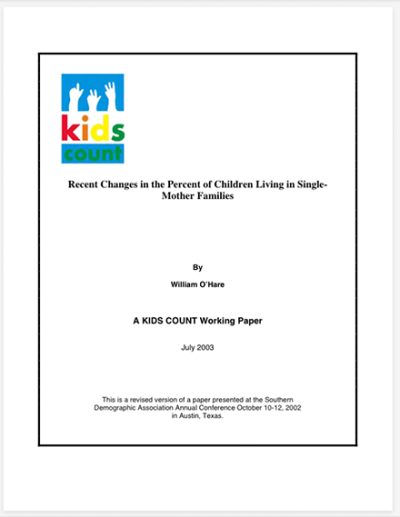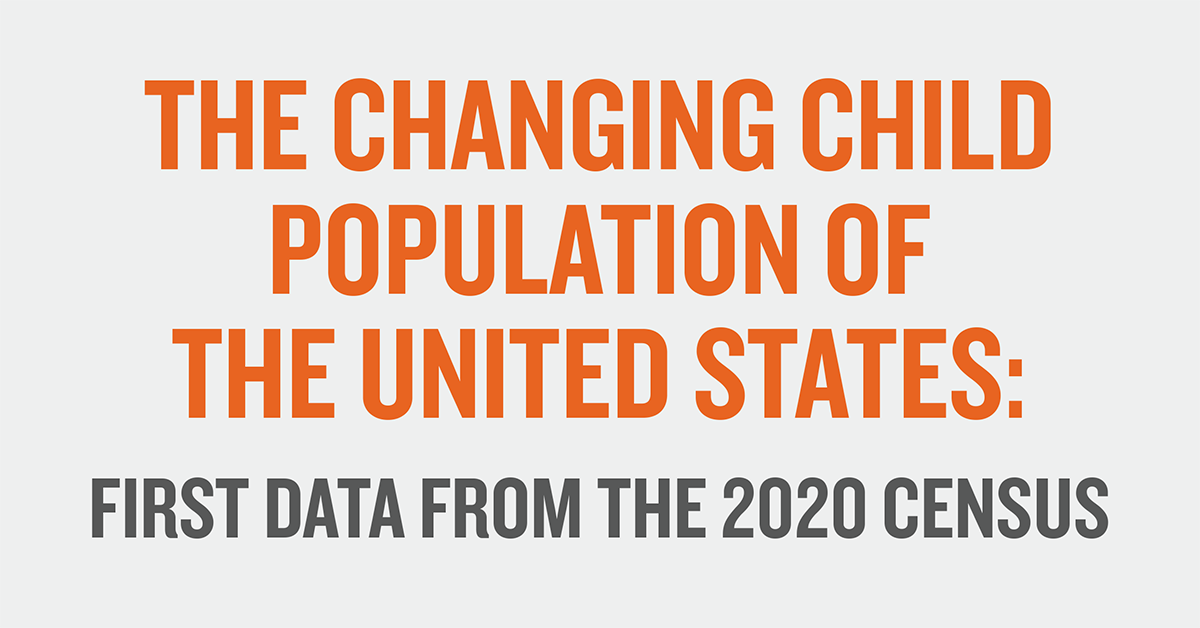Summary
After increasing steadily for several decades, the share of children living in single-mother families leveled off in the mid-1990s at 25% and actually fell slightly between 1999 and 2001.
Yet, researchers, policymakers and members of the media have paid very little attention to the changing American family. This lack of attention is surprising given the extensive discussions among policymakers about the importance of marriage and the need for government intervention to create more stable two-parent families.
Key Findings
This paper attempts to illuminate what happened to family structure during the past decade by taking a closer look at changes among several different subgroups defined by demographic, economic and geographic characteristics.
Researchers learned that:
- The prevalence of children living in single-mother families decreased from 25% in 1996 to 23% in 2001. This change was widespread and applied to 12 of the 15 demographic groups studied.
- Several economically marginalized groups experienced the largest decreases in the share of children living in single-mother families. Between 1996 and 2001, the share of children living in female-headed families fell by:
- 6.2 percentage points among children living in central cities;
- 5.9 percentage points among Black children;
- 4.4 percentage points among Hispanic children;
- 4.1 percentage points among children in poverty; and
- 2.6 percentage points among immigrant children.
- Racial minorities and families living in big cities have fueled the recent downturn in the percentage of children living in single-mother families. These are among the very groups that fueled the increases in single-mother families during the 1960s, 1970s and 1980s.







